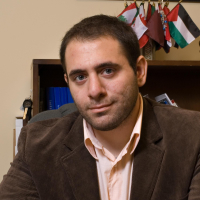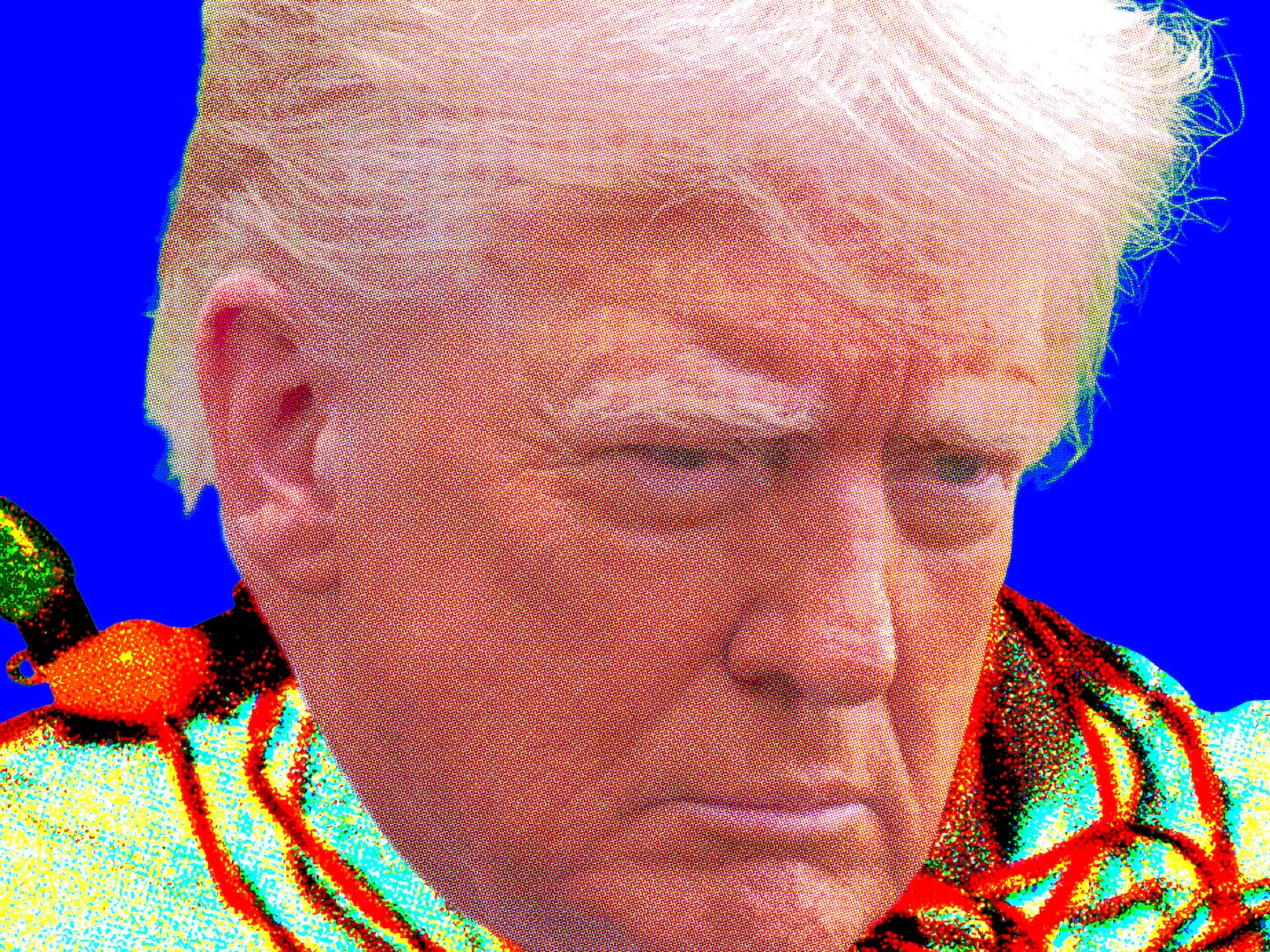The Nakba is not a moment in time. The Nakba is an ongoing process.The Nakba is an experience of dispossession that transcends both time and space. Indeed the depopulation of Palestine of most of its native inhabitants from 1947-1949 did not merely become dispossession when an individual was forced from his home or his land. Rather, the dispossession became cemented when, after hostilities, a new state—the state of Israel—enforced this dispossession by preventing the return of refugees and razing their houses to the ground so that they would have no homes to return to.
In short, the experience of the Nakba is the experience of someone else forcibly determining your territorial identity. Who you are and where you are from becomes secondary to where the state wants you to be.

With this in mind, it is easy to understand how the Prawer plan is nothing more than the continuation of the Nakba in another phase. The full plan calls for the removal of 35 “unrecognized” villages home to some 70,000 ethnically Palestinian Bedouin living in the Naqab.
Unrecognized? You might ask, unrecognized by whom? Certainly the 70,000 Bedouin who live there recognize the villages they live in; it is the state, the state of Israel, that refuses to recognize them.
In yet another instance, the state determines that the territorial identities and history of a subset of the Palestinian people is secondary to the interests of a majoritarian state that privileges a particular religious group. Call it what you want, I call it apartheid.
In Israel, if you are a Palestinian, where you are from is subject to the approval of the state. If the state chooses not to recognize where you are from, well, then you are no longer from there and can be forcibly removed.
The Prawer law puts into motion a plan to meet a long sought after objective. For decades, the state of Israel has attempted to squeeze the Bedouin life out of these villages by refusing to connect them to the electric and water grids. Of course an isolated and hard-to-reach Israeli colony deep inside the West Bank will surely receive state subsidized utilities and military protection. This distinction in the allocation of both resources and infrastructure highlights the broader agenda of the state to demographically engineer the entire land with one single solitary principle in mind since the beginning of the Zionist movement: secure maximum Palestinian geography with minimum Palestinian demography.
The Nakba is the central historical experience uniting Palestinians. Thus, it was not surprising to see Palestinians across the country in Ramallah, Yaffa, Gaza, Jerusalem, Lyd, Ramle, Hebron, Nablus, Haifa, Umm al-Fahm, Akka and many other places protesting this latest manifestation of the Nakba.
For the last two decades, the two-state framework has attempted to reorient the Palestinian historical narrative by emphasizing the centrality of 1967 over 1948. While the occupation of 1967 was monumental and transformative, the events of 1948 and their implications reverberate in the minds and hearts of every Palestinian, and continue to be more unifying and thus more empowering. As the two-state framework continues to falter and flounder into the waste bin of history, the specter of 1948 reemerges and recentralizes in the Palestinian consciousness.
If there is silver lining to the Prawer plan, and it is hard to find one, it is that it has activated and unified a pan-Palestinian resistance to the Israeli apartheid project on both sides of the Green Line in ways we have not seen in years.
Palestinians are demanding and asserting their right to determine their own territorial identity in unison and on both sides of the Green Line, rejecting Zionist engineering.
That is the true path to Palestinian empowerment.






